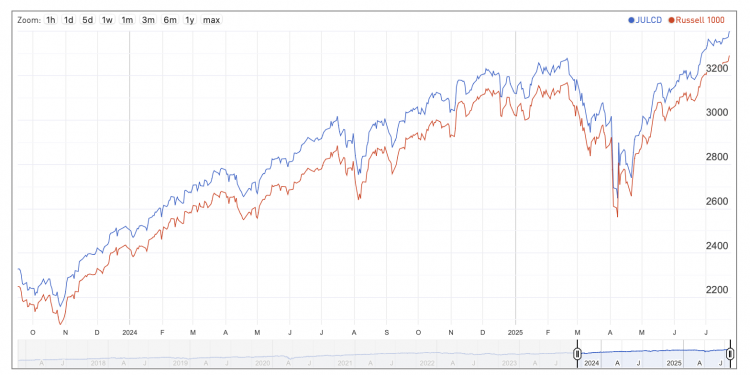Are You Being Paid Fairly? Here’s How to Find Out
Every year since 2015, JUST Capital has surveyed the American public to find out what matters most when it comes to business practices.
This year, paying a fair wage based on job level, qualifications, and experience was deemed the number-one most important issue. Of course, everyone wants to be paid fairly, but why is fair pay the top concern, and by such a large margin?
American workers are told the economy is humming along nicely. Yet real wages for hourly workers are still climbing out of the hole that they dropped into in the 1980s, even as worker productivity has grown.
Meanwhile, income inequality is at a 50-year high, and racial and gender pay inequity persists. More Americans are feeling left behind by the American capitalist system. (One way to help: Sign up for the JUST Report, our free weekly newsletter about the future of capitalism!)
Not only do many Americans feel underpaid, they also feel powerless to do anything about it. Fifty years ago, nearly a third of U.S. workers negotiated collectively for their wages through a union; today about one in 10 private-sector workers are members of a union.
In the game of fair pay, employers hold most of the cards, thanks to the universal taboo around asking colleagues how much they’re paid. But people do ask for (and offer) this information, and there are some great strategies anyone can use to get the conversation started.
If you’re not quite ready to ask your colleagues how much they make, you’re not alone. The good news is that you can research pay fairness yourself by delving into large and growing databases of salary information. The databases are foundational to JUST Capital’s own evaluation of companies leading the way in fair pay, and they can be useful when negotiating a salary or deciding whether to join or leave a company.
How JUST Capital Evaluates a Company on Fair Pay
When evaluating whether companies pay a fair wage for industry and job level, we look at whether they pay wages appropriate for their employees’ qualifications, experience, performance, and contribution in line with industry averages.
More specifically, we look at the following three metrics:
- Fair Pay Percent, which is a comparison of the company’s wages to industry peers’ by job title. For example, a company with 10 titles that has the highest wage for each title among peers will receive a score of 1. Scores are represented as percentiles, where a score of 1 indicates the 100th percentile for wages by title and industry and a score of 0.5 indicates the 50th percentile for wages by title and industry.
- Fair Pay Rating, which is a score based on a company’s own employees’ views on overall compensation, factoring in bonuses and benefits.
- Wage Violations, which examines whether the company has been found guilty of wage violations under federal law.
The first two metrics are sourced primarily from crowdsourced platforms where employees can anonymously supply their own salary information.
All of these components and metrics — fair pay percent, fair pay rating, and wage violations — add up to help us evaluate whether the companies we rank pay workers a fair wage. You can explore our findings in our interactive Rankings. Use the drop-down menu on the right to find out how companies perform on all the issues we track.
More Ways to Compare Your Salary
Several other sites allow you to compare actual salaries by many criteria: job title, experience level, education level, company, region or metropolitan area, and more. Some of these sites allow you to see a distribution of salaries for a given job within a given company or region.
Some sites claim to personalize their reports. For example, Glassdoor’s Know Your Worth report aims to compare how much you’re paid now to what you could earn in your local job market. And for a fee, Salary.com takes in a wide variety of data about you and even tells you how much of a raise to expect from your company this year.
Sites such as Glassdoor, Indeed, and LinkedIn Salary depend largely on crowdsourcing. When you review these sites, keep a close eye on the total number of people who have contributed to the salary information you’re reviewing.
Generally speaking, the more people who have contributed information, the more likely it is to be accurate. Some platforms will have much larger numbers of reported salaries than others for a given job title or company.
Sites such as Salary.com and SalaryList depend primarily on information from government agencies and company human resource departments.
Each site has its own arguments as to why their sources are superior. But no matter which platforms you use, you’ll probably want to supplement it with a visit to the federal Bureau of Labor Statistics’ Occupational Employment Statistics page. For more than 800 occupations, the statistics reveal significant wage variations depending on the worker’s job location and industry.
In an ideal world, there would be little need for any of these resources, because employers and workers alike would be more open with salary information. In the meantime, these databases are useful for employees who want to start moving toward the frank pay discussions that would help employees build greater trust in their organizations.
Sign up for The JUST Report, our free weekly newsletter about the future of capitalism and the movement to build a more equitable marketplace in America.






